Living in a fire-prone area can be difficult for homeowners when it comes to insurance. Insurance companies offer special coverage for fire damage, provide discounts on fire retardants and cover the cost of repairing fire damage. Understanding your coverage options and the claims process is important. Homeowners can also take preventative measures to protect their homes and potentially lower their insurance premiums.
Living in a fire-prone area can be a cause for concern for homeowners. The threat of forest fires and their devastating consequences is great, so it is important for residents to be prepared. One of the most important aspects of this preparation is having the appropriate homeowner’s insurance coverage. In this article, we will look at the various aspects of homeowners insurance in fire-prone areas. We’ll delve into understanding the risk associated with living in these areas, explore fire mitigation strategies that can be implemented with homeowners insurance, discuss the different coverage options available, and provide guidance on navigating the post-fire claim process. In addition, we’ll also highlight proactive measures homeowners can take to protect their property and potentially lower their insurance premiums. By the end of this article, readers will have a comprehensive understanding of homeowners insurance in fire-prone areas and the knowledge to make informed decisions about their coverage.
- 1. Understanding Risk: Fire Hazard Areas and Homeowners Insurance
- 2. Fire Mitigation Strategies: How Homeowners Insurance Can Help
- 3. Coverage Options: Finding the Right Insurance for Fire Zones
- 4. Claim Process: Navigating Homeowners Insurance After a Fire
- 5. Preventive measures: steps to protect your home and lower insurance premiums in fire-prone areas
1. Understanding Risk: Fire Hazard Areas and Homeowners Insurance
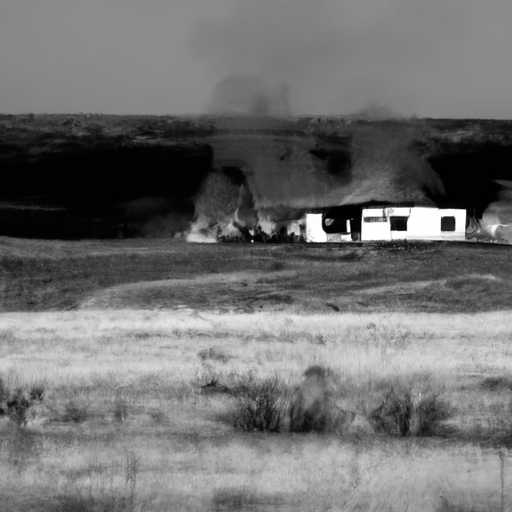
Living in a fire-prone area comes with its own challenges, and one of the most important aspects to consider is homeowners insurance. Understanding the risk associated with living in such places is vital before purchasing a policy.
Fire-prone areas are regions with a high probability of forest fires due to various factors such as climate, vegetation, and proximity to forests or grasslands. These areas are typically characterized by dry conditions, strong winds, and an abundance of flammable materials. Examples of fire-prone areas are parts of California, Australia, and the Mediterranean.
When it comes to homeowners insurance, living in a fire-prone area can significantly affect coverage and premiums. Insurance companies take into account the increased risk of property damage and potential losses due to wildfires. As a result, policies for these areas may differ from policies for regions with lower fire risk.
In fire-prone areas, homeowners insurance policies often include special fire-related coverage. This coverage protects property from loss or damage
2. Fire Mitigation Strategies: How Homeowners Insurance Can Help
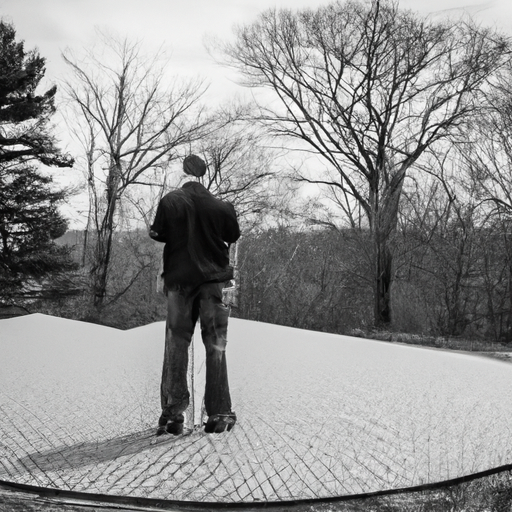
Fire mitigation strategies are critical for homeowners living in fire-prone areas. These strategies aim to minimize the risk of fire damage to property and ensure the safety of residents. While homeowners insurance cannot prevent wildfires from occurring, it can play a critical role in helping homeowners implement fire mitigation strategies and restore their financial health in the event of a fire.
One way homeowners insurance can help mitigate fires is by offering discounts or incentives for fire safety measures. These measures may include installing fire-resistant roofing materials, clearing vegetation around the site, and maintaining buffer space. By encouraging these actions, insurance companies encourage homeowners to take preventive measures to reduce the risk of fire.
What’s more, homeowner’s insurance policies often cover fire recovery and repair costs. In the unfortunate event of a fire, having insurance coverage can ease the financial burden of restoring and repairing property. This ensures that homeowners can quickly rebuild their lives after a fire without suffering significant financial setbacks.
In addition, some homeowners insurance policies may provide
3. Coverage Options: Finding the Right Insurance for Fire Zones
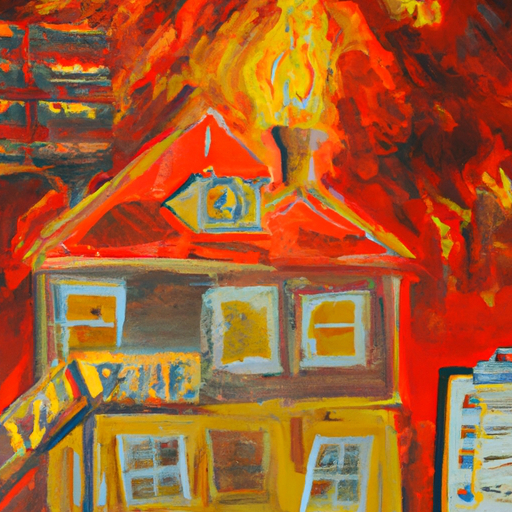
When it comes to homeowners insurance in fire-prone areas, it’s critical to understand the coverage options available to protect your property and possessions. Here are some key factors to consider when looking for the right insurance for fire hazard areas.
1. Homeowners Insurance: This is the main component of homeowners insurance that covers the structure of your home. In fire-prone areas, it’s important to make sure your policy provides enough home coverage to rebuild or repair your home in the event of a fire. Insurers may consider factors such as materials used in construction, distance from fire hydrants and proximity to fire stations when determining the amount of coverage.
2. Personal Property Insurance: In addition to the structure of your home, homeowners insurance also covers your personal belongings. It is very important to assess the value of your property and make sure your policy provides adequate personal property coverage. Keep a description of your belongings, including their estimated value, to facilitate the claims process in the event of a fire.
3. Additional
4. Claim Process: Navigating Homeowners Insurance After a Fire
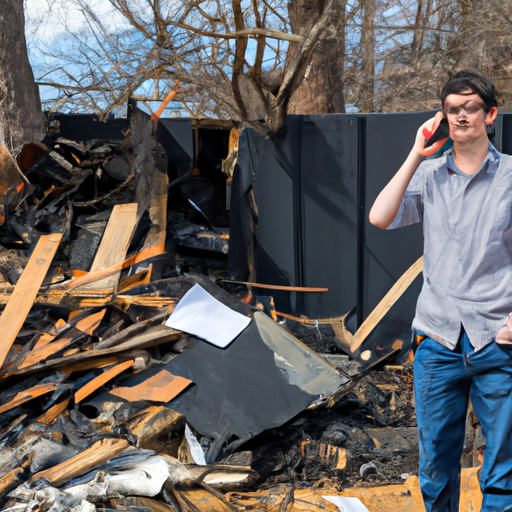
Facing the aftermath of a devastating fire is a terrifying experience for any homeowner. In times like these, understanding the homeowner’s insurance claims process is critical. The process involves several steps that require homeowners to navigate paperwork and communicate with their insurance company. Here’s a breakdown of the claims process to help homeowners in fire-prone areas manage their insurance claims effectively.
The first step is to report the fire to the insurance company immediately. Most policies have a specific time frame within which an incident must be reported. Failure to report a fire in a timely manner may result in delays or denial of a claim. Be sure to provide all necessary information, such as the date, time and location of the fire, as well as a detailed description of the damage.
Next, the insurance company will appoint an expert to assess the damage. An adjuster will visit the property to check the extent of the fire damage and estimate the cost of repairs or reconstruction. It is very important to carefully document the damage
5. Preventive measures: steps to protect your home and lower insurance premiums in fire-prone areas
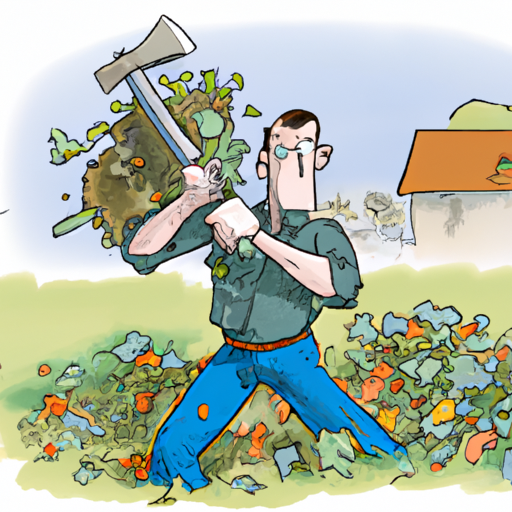
Living in a fire-prone area comes with its own challenges, but there are preventative measures homeowners can take to protect their homes and potentially lower their insurance premiums. By taking these steps, homeowners can not only reduce the risks associated with living in such areas, but also demonstrate to insurance companies that they are committed to protecting their property.
1. Create a Protected Space: One of the most important steps homeowners can take is to create a protected space around their property. This involves clearing vegetation, trees and other flammable materials at a certain distance from the house. The goal is to create a buffer zone that can help prevent fire from spreading and make it easier for firefighters to protect property.
2. Maintain a Proper Landscape: Regular maintenance and landscaping of your property can greatly reduce the risk of fire damage. This includes regular trimming of trees and shrubs, removal of dead plants and maintenance of proper watering of the lawn. In addition, the use of fire-resistant plants and materials in landscape design can help create a safer
In summary, homeowners insurance in fire-prone areas is a critical aspect of protecting your property and financial well-being. Understanding the risk and implementing fire mitigation strategies can help homeowners reduce the likelihood of fire damage and ensure adequate coverage. By learning about the different coverage options and the claims process, homeowners can more easily navigate the aftermath of a fire. Additionally, taking preventative measures to protect their homes and lower insurance premiums can provide additional peace of mind. After all, investing in homeowners insurance tailored to fire-prone areas is an important step in protecting a person’s most valuable asset – their home.
 Purex find
Purex find